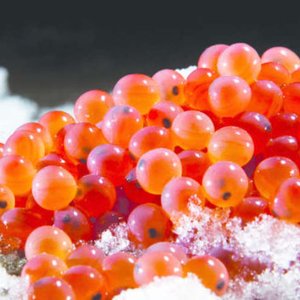Scientists from the SEAFDEC developed a technique to determine the sex of Epinephelus lanceolatus broodstock through its skin mucus.
Currently, the sex determination of groupers is made by cannulation biopsy which is a very stressful and difficult technique due to the size of the broodstock.
To aid in the monitoring of female maturation, researchers developed a non-invasive method based on immunoassay of vitellogenin in skin mucus, a protein that is present in females. The new technique was effective in detecting female maturation 9 ± 2 months prior to first observation of oocytes through gonadal biopsy. The new method simply detects the presence or absence of the protein to faithfully determine the sex of the fish.
For more details about the method, read Reproductive development of the threatened giant grouper Epinephelus lanceolatus here.












